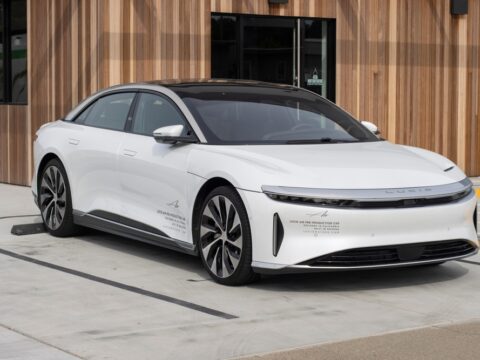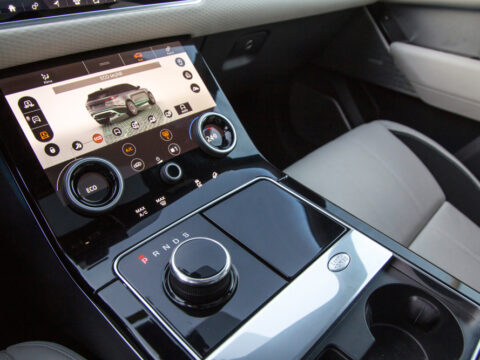Electric vehicles (EVs) are often touted as the future of transportation, promising environmental benefits and lower operating costs. However, beneath the surface of this green revolution lie several drawbacks that can make owning an EV a less attractive option. From high upfront costs to limited charging infrastructure, here are some of the reasons why electric vehicles can be a total rip-off.
Contents
Maintenance Costs
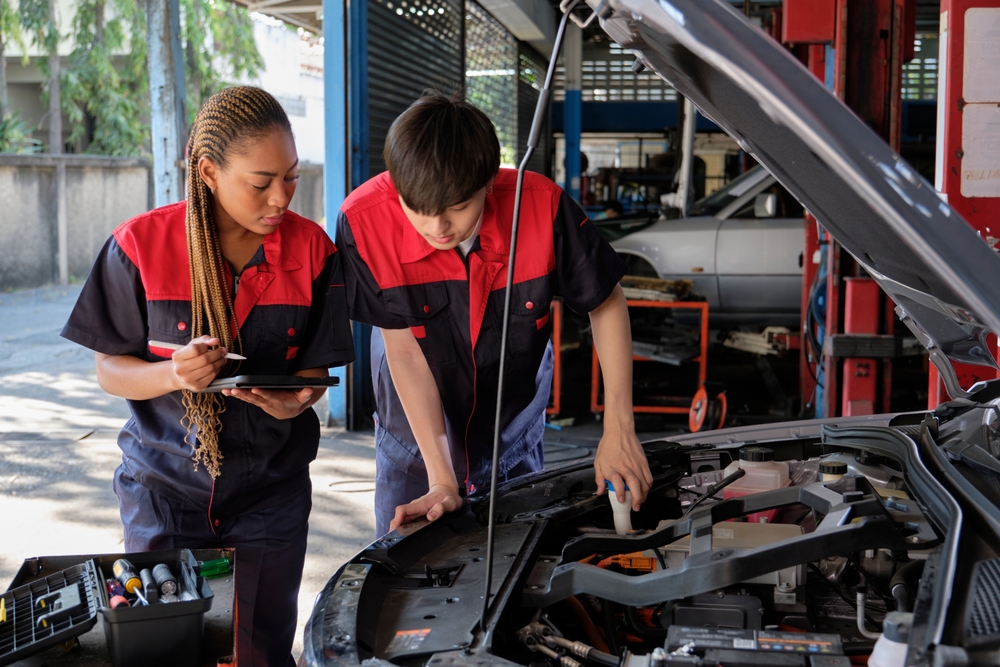
While electric vehicles (EVs) generally have fewer moving parts than traditional internal combustion engine vehicles, their maintenance can be surprisingly costly. Components like batteries and electric drivetrains require specialized knowledge and equipment to repair, leading to higher labor costs. Additionally, while brakes may last longer due to regenerative braking, other components such as the cooling systems for batteries can be expensive to replace or repair. Even simple fixes can become complicated and pricey if a qualified technician is not readily available. The limited availability of specialized service centers can further escalate maintenance expenses, making EV ownership potentially more burdensome than anticipated.
Resale Value Uncertainty
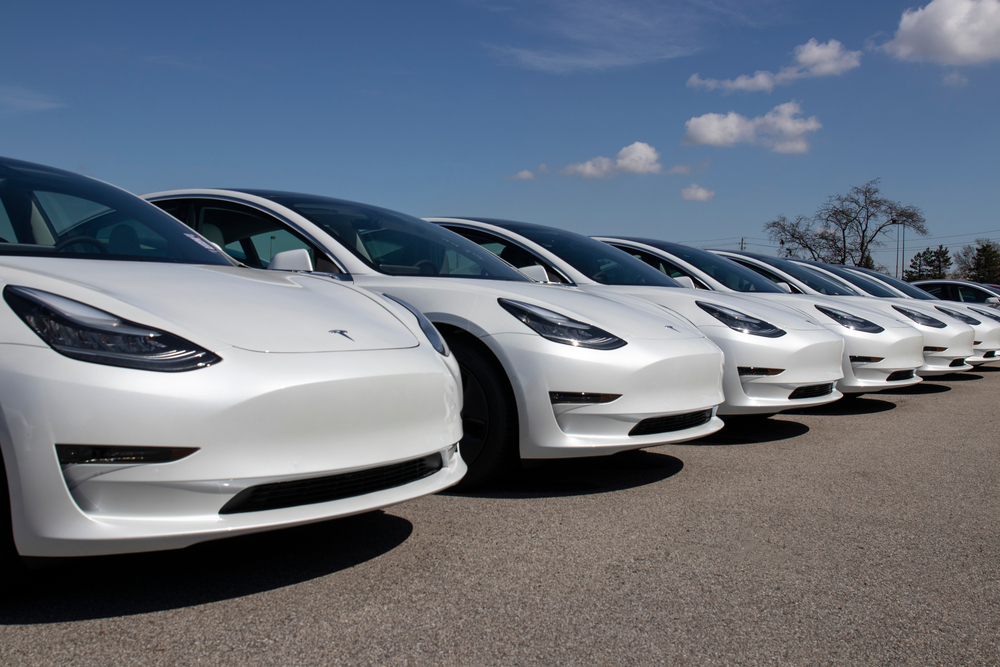
The resale value of electric vehicles is highly unpredictable. Rapid advancements in battery technology and the introduction of newer models can make older EVs less desirable. Potential buyers are often wary of battery degradation in used EVs, which further depresses their resale value. This uncertainty can make EVs a less attractive investment compared to conventional cars, where depreciation trends are more predictable. Furthermore, the ongoing innovations in EV technology mean that what is cutting-edge today may quickly become obsolete, contributing to a steep decline in value over a relatively short period.
Limited Charging Infrastructures
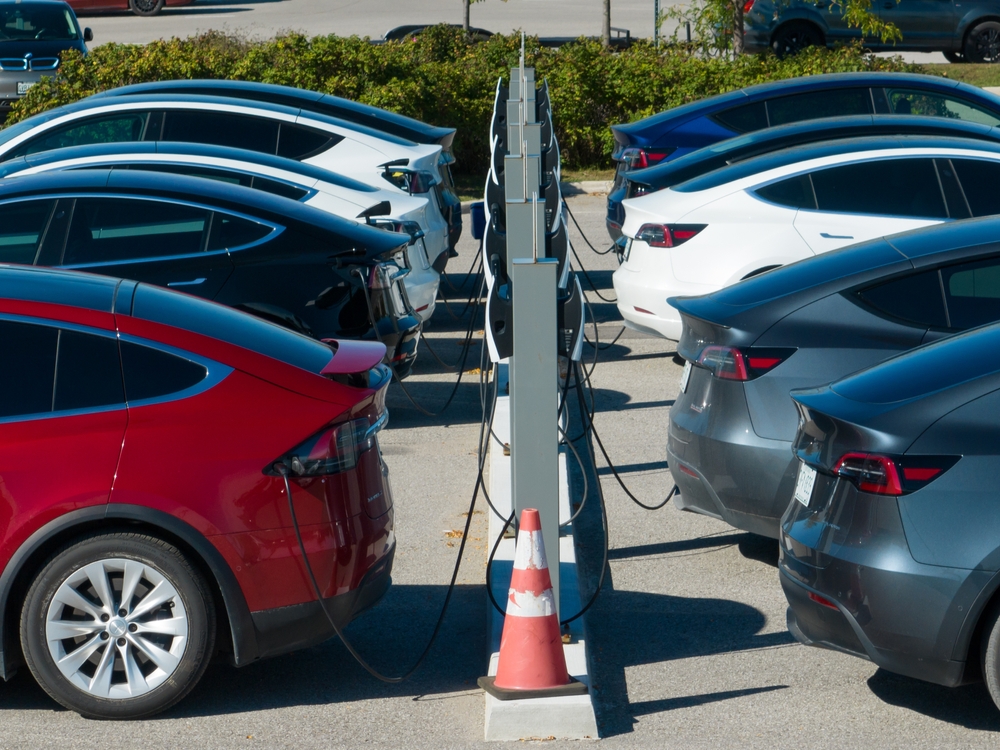
Despite improvements, the charging infrastructure for EVs remains limited, especially in rural or less developed areas. This limitation can be inconvenient for drivers, requiring meticulous planning of routes and stops for charging. The inconsistency in charging station availability and the time it takes to charge can deter potential buyers who need reliable and accessible charging options. Additionally, the existing charging stations are often subject to congestion during peak times, which can lead to long waits and frustration, further highlighting the shortcomings of the current infrastructure.
Limited Model Options

The variety of electric vehicle models available is still relatively limited compared to the vast array of internal combustion engine vehicles. This lack of options can make it challenging for consumers to find an EV that suits their specific needs and preferences. Many potential buyers might not find an EV that matches their desired features, driving experience, or price point. This limited selection is particularly evident in segments like pickup trucks or sports cars, where traditional vehicles still dominate the market, leaving fewer alternatives for consumers looking for electric options.
Battery Degradation
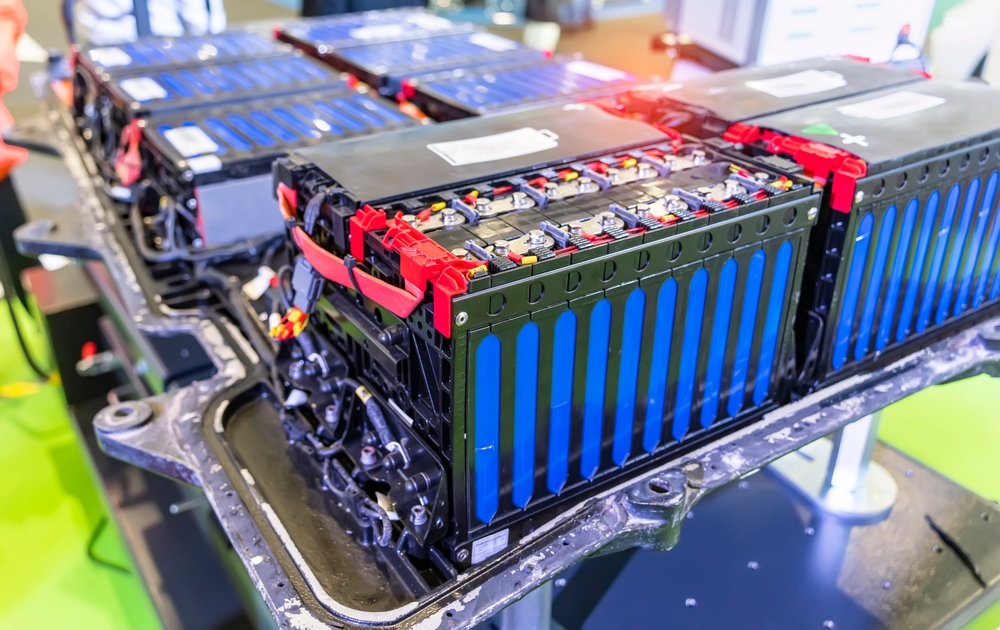
Over time, the batteries in electric vehicles degrade, leading to reduced range and efficiency. This degradation is influenced by various factors such as charging habits, environmental conditions, and usage patterns. The prospect of a significant drop in battery performance can be a major drawback, as replacing a battery is costly and affects the overall lifespan and value of the vehicle. Battery degradation not only impacts daily usability but also has a pronounced effect on the long-term cost of ownership, as eventual battery replacement is a considerable expense.
Long Charging Times

Charging an electric vehicle takes considerably longer than refueling a gasoline car. Even with fast-charging options, it can take 30 minutes to an hour to charge an EV to 80%, compared to the few minutes it takes to fill a gas tank. This extended downtime can be inconvenient, particularly for long trips or in emergencies, making EVs less practical for some users. The wait time for charging can be particularly problematic in areas with high demand and few charging stations, where queues can further exacerbate the delay.
Limited Range

Although range anxiety has decreased with the introduction of models boasting over 300 miles per charge, many EVs still offer a limited range compared to conventional vehicles. This limitation can be a significant deterrent for those who frequently travel long distances or live in areas with sparse charging infrastructure. The need for frequent recharging stops can be a hassle for many drivers. Additionally, factors such as cold weather and the use of heating or air conditioning can further reduce the effective range of an EV, adding to the concerns about their practicality for everyday use.
Higher Upfront Cost
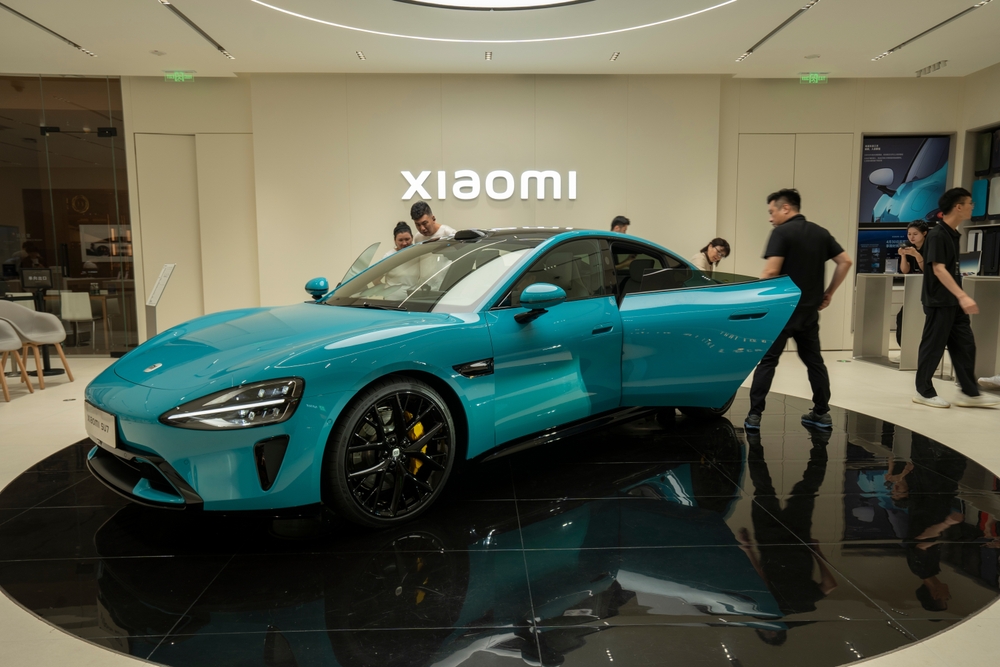
The initial purchase price of electric vehicles is generally higher than that of their gasoline counterparts. Although incentives and rebates can offset some of this cost, the higher upfront expense can be prohibitive for many potential buyers. The advanced technology and materials used in EVs contribute to this higher cost, making them less accessible to the average consumer. Moreover, the total cost of ownership, when factoring in financing, insurance, and potential maintenance, can further highlight the financial challenge posed by the initial investment required for an EV.
Depreciation Concerns
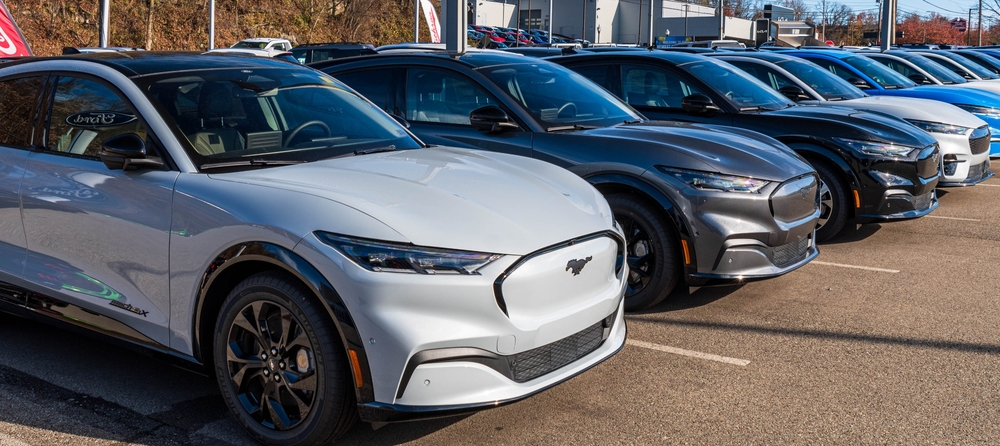
Electric vehicles tend to depreciate faster than traditional cars. Factors such as technological advancements, battery degradation, and limited resale demand contribute to this accelerated depreciation. As newer models with better features and longer ranges are released, older EVs lose value quickly, making them a less attractive investment for buyers concerned about long-term value retention. The rapid pace of innovation in the EV market can render even relatively new models obsolete, leading to significant losses for early adopters.
Charging Costs
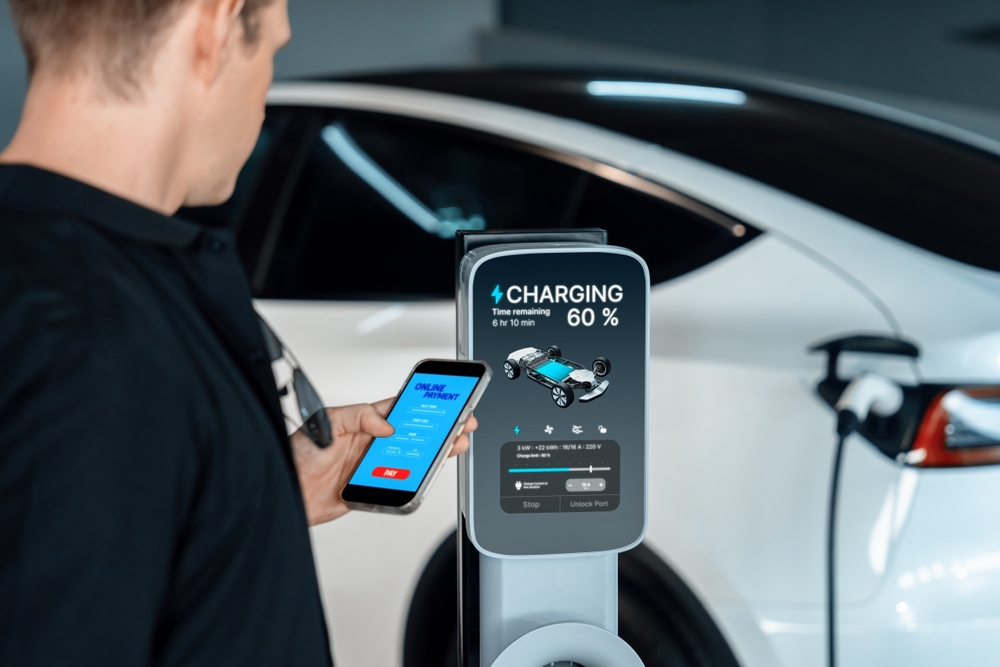
While charging an EV is generally cheaper than fueling a gasoline car, the cost of electricity can vary widely based on location and time of use. Peak charging rates can be quite high, and the installation of home charging stations can add to the overall expense. For those without access to affordable or convenient home charging, the financial benefits of driving an EV can be significantly reduced. Furthermore, the variability in public charging costs can make budgeting for fuel expenses more challenging compared to the relatively stable prices of gasoline.
Complex Technology
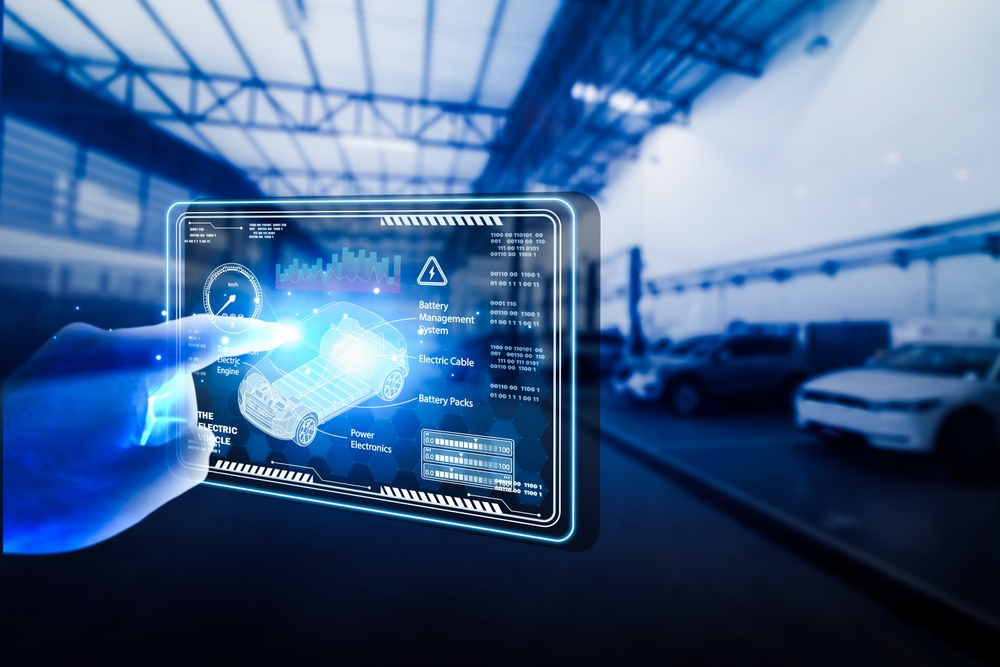
The advanced technology in electric vehicles, such as sophisticated battery management systems and software, can lead to complex and costly repairs. Issues with software updates, connectivity, and integration with other systems can create unique challenges that are not present in traditional vehicles. This complexity can lead to higher repair costs and longer downtimes for maintenance. The reliance on specialized diagnostic tools and expertise means that even minor issues can result in significant expenses and inconvenience for owners.
Environmental Impact of Battery Production
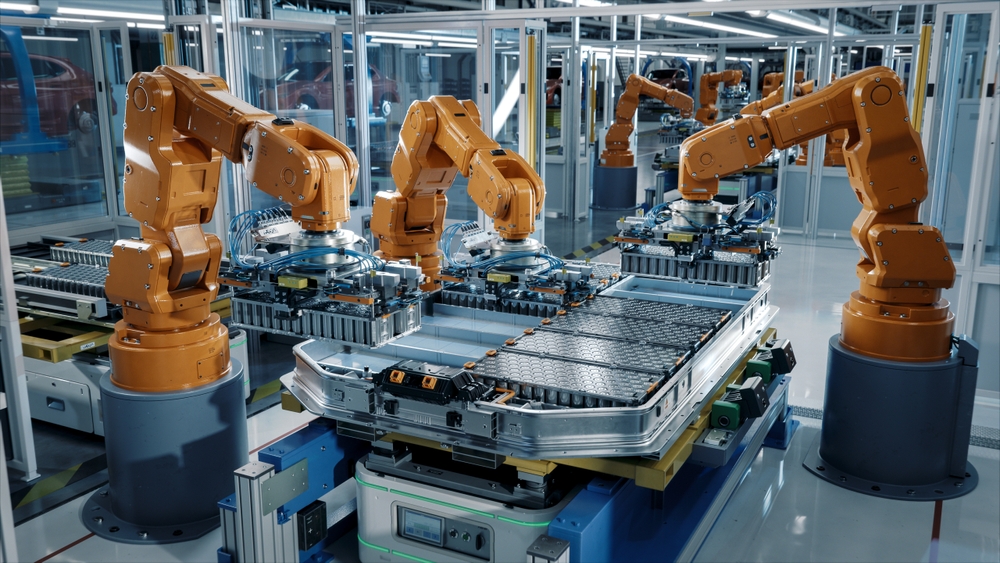
The production of lithium-ion batteries used in EVs has significant environmental impacts, including resource extraction and manufacturing emissions. Mining materials like lithium, cobalt, and nickel can cause ecological damage and pollution. The overall environmental benefits of EVs can be offset by these production impacts, raising questions about their true sustainability. Additionally, the disposal and recycling of used batteries present further environmental challenges that need to be addressed to ensure the long-term viability of EV technology.
Limited Availability of Skilled Technicians
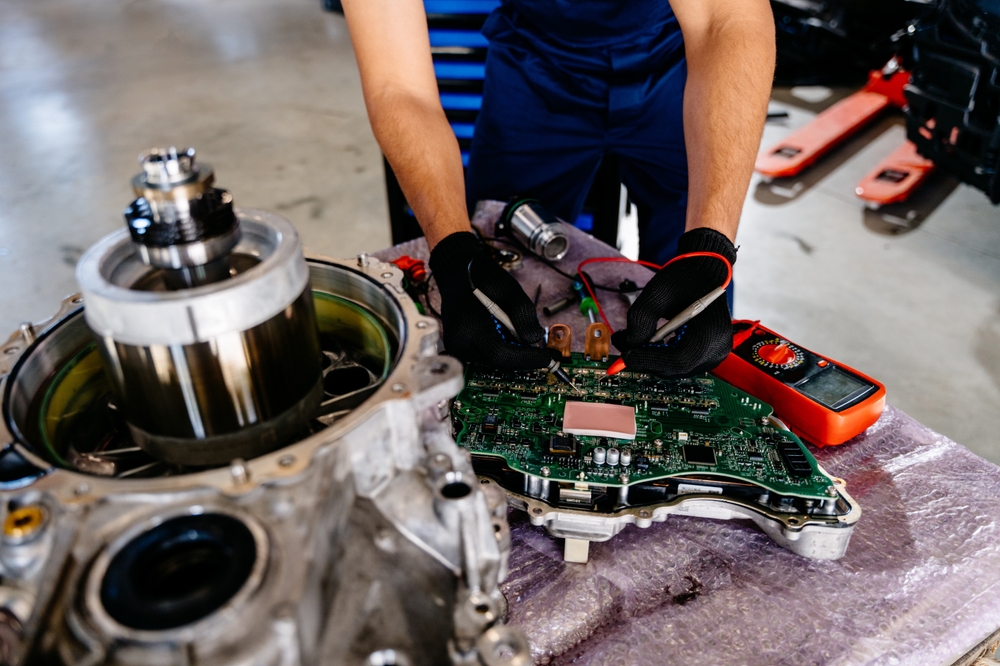
The specialized nature of electric vehicles requires technicians with specific training and expertise. The availability of skilled technicians is still limited, especially outside major urban centers. This scarcity can lead to longer wait times for repairs and maintenance and higher labor costs, further diminishing the appeal of owning an EV. The lack of readily available qualified service personnel can make routine maintenance and repairs more challenging, adding to the overall inconvenience of EV ownership.
This article originally appeared on MyCarMakesNoise.
More from MyCarMakesNoise
13 Vintage Convertible Classics That Never Go Out of Style

Vintage convertibles have an undeniable allure that transcends generations, epitomizing the essence of open-air driving with their iconic designs and robust performance. These timeless classics symbolize freedom and style, captivating collectors and driving enthusiasts worldwide. Read More
10 Legendary Race Bikes That Dominated MotoGP History

Explore the world of MotoGP through the lens of its most dominant race bikes. These machines combine cutting-edge technology and extraordinary engineering to drive riders to victory and set new standards in racing excellence. Read More
The Top 20 Legendary Fighter Jets in Military History

Fighter jets have played a crucial role in shaping the outcomes of conflicts and securing air dominance throughout military history. From the sleek designs of World War II to the advanced technology of modern jets, these aircraft have become legends in their own right. Read More


